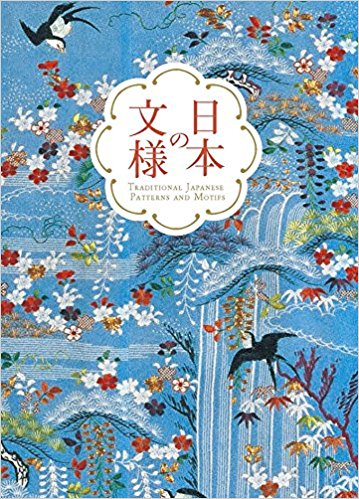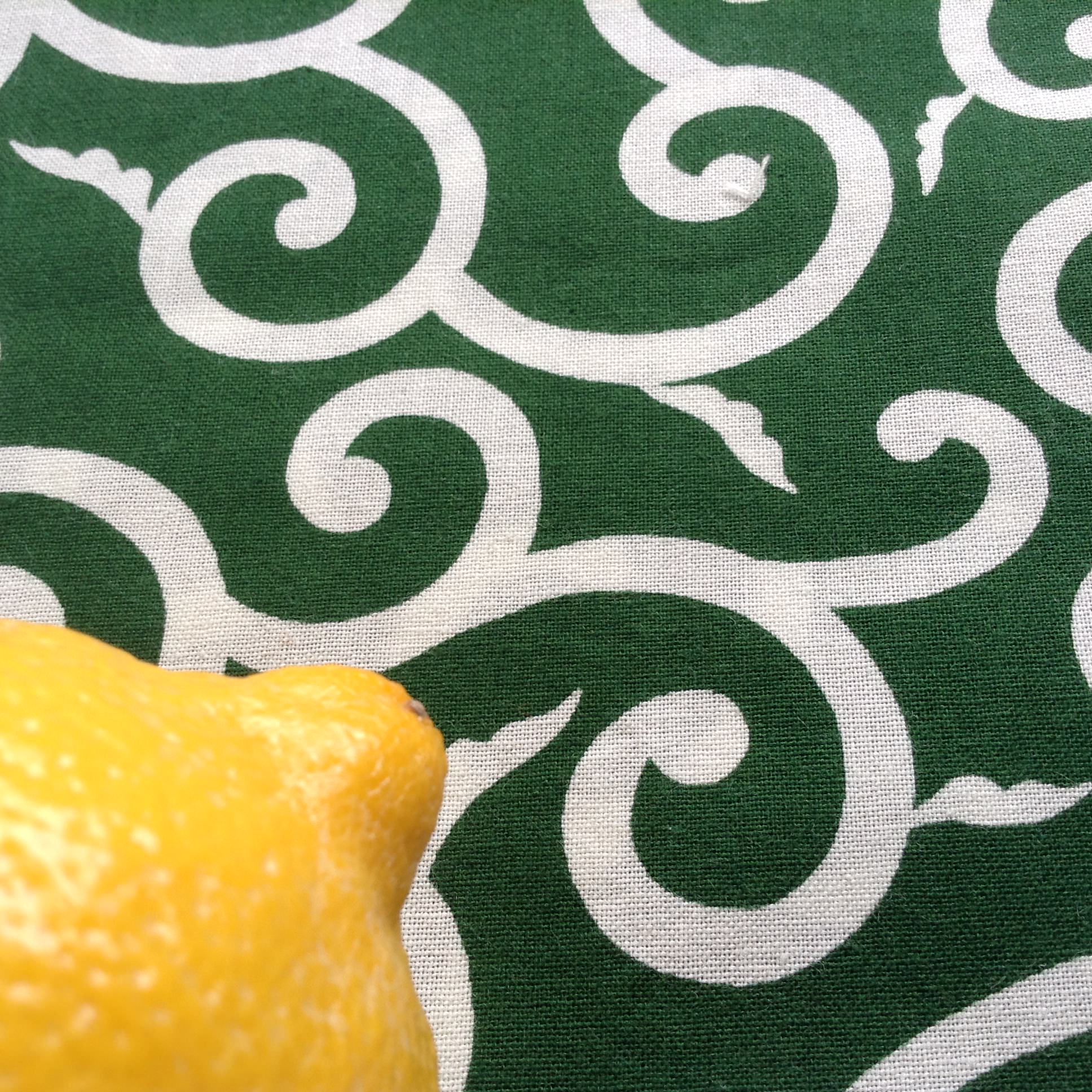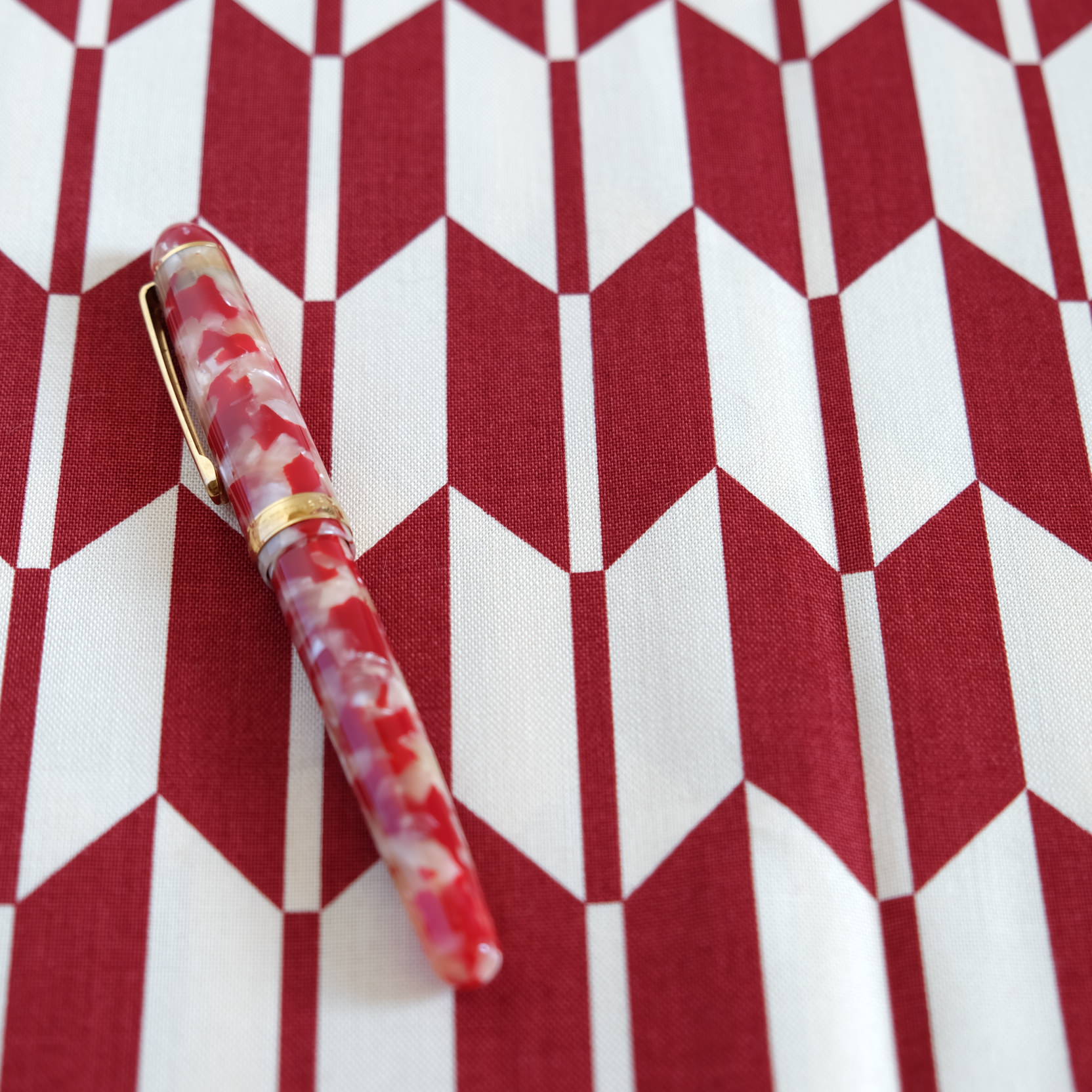
出典:https://www.amazon.co.jp/日本の文様-Nobuyoshi-Hamada/dp/4756244246
日本人の美意識が創造した伝統的な文様
「日本の伝統的な文様」について分かりやすく説明されてる本を見つけたので、引用すると:
日本の気候風土は余情ゆたかな自然をかもし出し、めぐる季節の美しさに感動を覚える。
そして自然と一体になろうとするのが日本人の美意識であり、それらは文様の世界に凝縮されている。
出典:日本の文様
・・・というわけで、「日本人の美意識が凝縮された」日本の文様を、日本製の布地や、着物の布地を使ってご紹介します!
*唐草文(からくさもん)の意味・歴史を読む:

Traditional Japanese patterns & motifs: family crests, heraldry, and symbolism
I’ve found a good book about these Edo-era (1568 – 1868) motifs and I’d like to share a few here:
Japan’s climate and geography support a rich natural environment, with delightful seasonal changes, and appreciating natural beauty and feeling at one with nature are core elements in Japanese aesthetics.
We found them crystallised in the design motifs introduced in this book.
The traditional motifs presented in this book are organised in terms of designs derived from natural forms (plants, animals, natural phenomena, man-made objects) and more abstract, symbolic design (geometric, stylised, and auspicious motifs).
Source: Traditional Japanese Patterns and Motifs
In this blog article, I show you a few Japanese aesthetics and the meaning behind them.
*Start reading from Arabesque pattern’s meaning & history:




コメント Leave your feedbacks